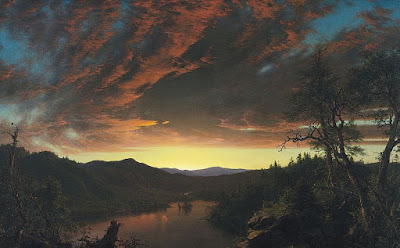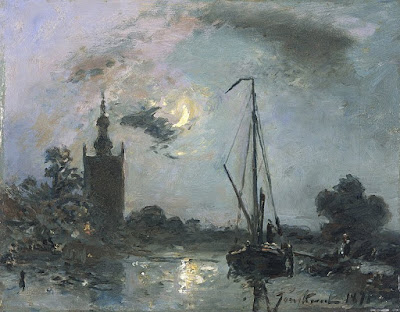La Partie Carree, James J. Tissot

I have always believed Art could stimulate a range of reactions and emotions in viewers. It is easy to find examples the extremes of love - hate, joy - fear, but rarely down right funny!. Today I give you La Partie Carree, also referred to as The Foursome, an oil painting by James Jacque Tissot (1836-1902). Tissot created it in 1870, it is 47" x 57" and, I believe is part of the collection of the National Gallery of Canada, however I saw no mention of it when I searched their website. So it's location is a mystery. Although this subject seems humorous to me, one author I read suggested it has a reference to the political situation in France at the time, namely the Franco-Prussian War, so another mystery. If you have read much of the Impressionists, you know they were shunned by the prestigious French Academy. So, meet James Tissot, who was NOT. Tissot was a well accepted artist during his lifetime. He lived in France and England, making his fortune


